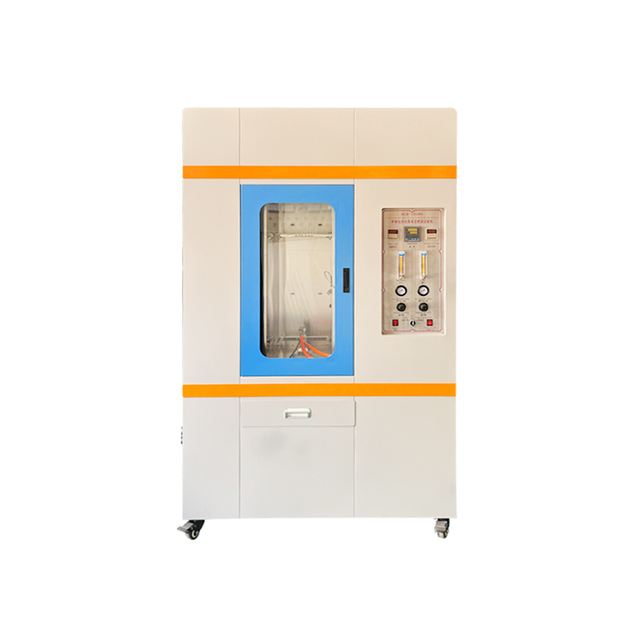Guidelines for Testing Electrical Insulation Materials in Cables and Wires
Understanding IEC 60811 A Comprehensive Guide to Insulation and Sheath Materials Testing
The IEC 60811 standard plays a critical role in ensuring the quality, durability, and performance of electrical cables and conductors used in various applications. This international standard, established by the International Electrotechnical Commission (IEC), outlines the general requirements and testing methods for insulating and sheathing materials used in power cables and other electrical conductors. With the increasing demand for reliable electrical systems, understanding IEC 60811 is essential for manufacturers, engineers, and quality assurance professionals in the electrical industry.
Overview of IEC 60811
IEC 60811 encompasses a series of test methods and specifications for evaluating the properties of plastic and rubber insulating materials. It is primarily concerned with the mechanical and electrical characteristics of these materials, demonstrating their suitability for use in harsh environmental conditions. The standard is applicable to a variety of cable types, including low, medium, and high voltage cables, as well as flexible cords and other electrical wire products.
Scope of IEC 60811
The scope of IEC 60811 includes a range of test procedures designed to assess key properties of insulation and sheath materials such as
1. Mechanical Properties This includes tensile strength, elongation at break, and hardness, which determine how well the materials can withstand physical stresses during installation and operation.
2. Thermal Properties Tests related to temperature resistance, thermal aging, and heat distortion ensure that materials can perform effectively in varying temperature conditions without degrading.
3. Electrical Properties Insulation resistance, dielectric strength, and permittivity are critical parameters determining a material's ability to insulate and protect conductive components from electrical leaks and shorts.
4. Chemical Resistance IEC 60811 includes assessments of how insulation and sheath materials respond to chemicals, oils, and other substances they might encounter in their operating environments.
iec60811

5. Flame Retardancy With safety being a top priority, the standard also addresses the flammability of materials, ensuring they meet specific criteria to minimize fire risks.
Importance of Compliance
Compliance with IEC 60811 is crucial for manufacturers to guarantee that their products meet international safety and performance standards. Testing according to the requirements outlined in this standard helps in identifying defects before the products reach the market. Furthermore, it provides assurance to customers and end-users regarding the reliability and safety of electrical systems, which is indispensable for both residential and industrial applications.
Test Methodology
The test methods outlined in IEC 60811 involve standardized procedures that must be followed to ensure accuracy and reproducibility. Some tests may require samples to be pre-conditioned under specific conditions before testing, while others may impose a series of measurements under varying loads and environmental factors. By adhering to these prescribed methodologies, manufacturers can generate reliable data that reflects the true performance of their materials.
Industry Impact
The influence of IEC 60811 extends beyond individual manufacturers; it impacts the entire electrical industry by promoting uniformity in product quality. Adoption of IEC 60811 ensures that all players in the market are evaluated against the same benchmarks, fostering a competitive environment where quality is prioritized. This harmonization is particularly beneficial in the global market, where products must meet diverse regulatory requirements.
Conclusion
In conclusion, IEC 60811 serves as a fundamental framework for assessing insulation and sheath materials used in electrical cables. By understanding and implementing the provisions of this standard, manufacturers can enhance product reliability, meet safety regulations, and ultimately contribute to the advancement of electrical system quality. As the demand for efficient and safe electrical solutions continues to grow, adherence to IEC 60811 will remain integral to the design, testing, and deployment of cable systems worldwide. Ensuring compliance not only safeguards the end user but also solidifies the manufacturer's reputation in a competitive market.
-
Why the Conductor Resistance Constant Temperature Measurement Machine Redefines Precision
NewsJun.20,2025
-
Reliable Testing Starts Here: Why the High Insulation Resistance Measuring Instrument Is a Must-Have
NewsJun.20,2025
-
Flexible Cable Flexing Test Equipment: The Precision Standard for Cable Durability and Performance Testing
NewsJun.20,2025
-
Digital Measurement Projector: Precision Visualization for Modern Manufacturing
NewsJun.20,2025
-
Computer Control Electronic Tensile Tester: Precision and Power for the Modern Metal Industry
NewsJun.20,2025
-
Cable Spark Tester: Your Ultimate Insulation Assurance for Wire and Cable Testing
NewsJun.20,2025
 Copyright © 2025 Hebei Fangyuan Instrument & Equipment Co.,Ltd. All Rights Reserved. Sitemap | Privacy Policy
Copyright © 2025 Hebei Fangyuan Instrument & Equipment Co.,Ltd. All Rights Reserved. Sitemap | Privacy Policy
